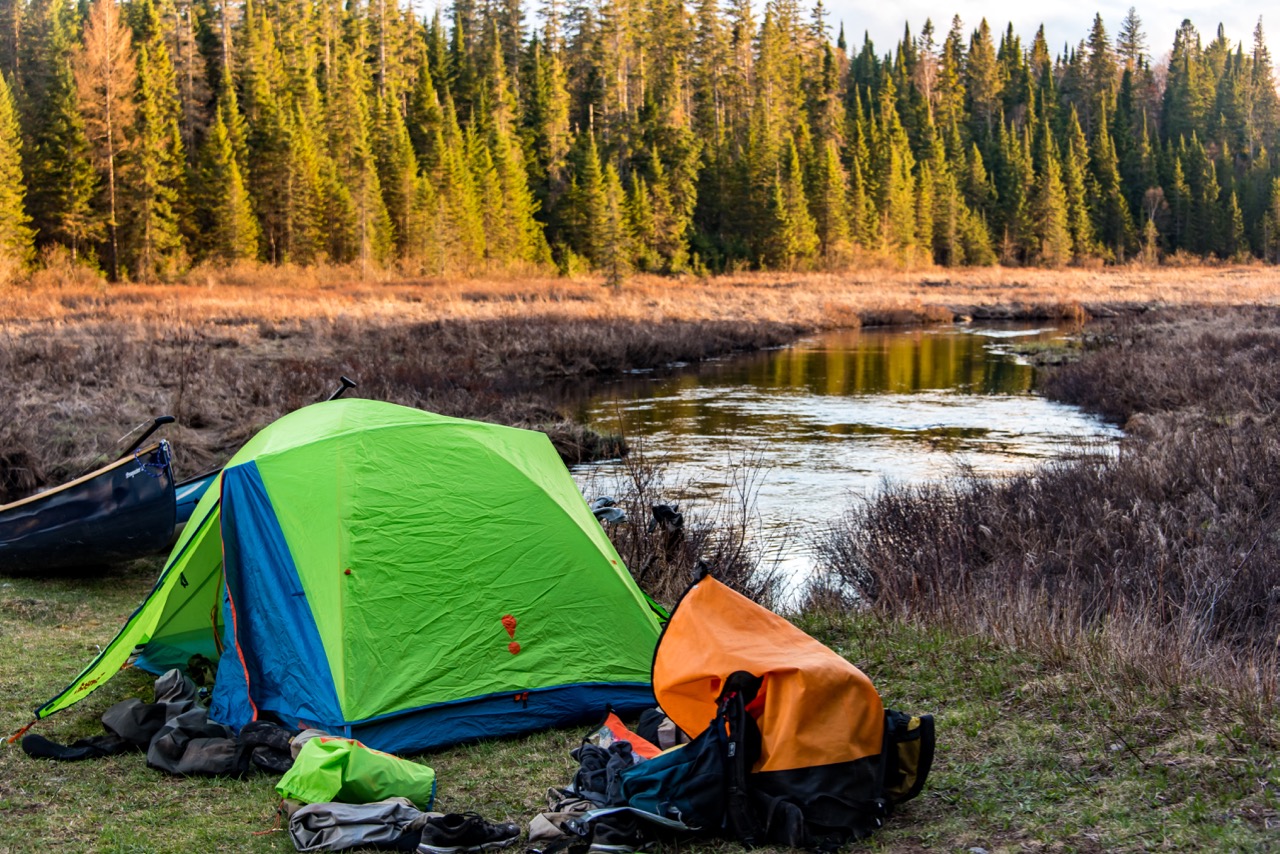Backcountry brookies
The best fishing is far afield, but the rewards are more than worth the effort
Advertisement
Be prepared
Quality backcountry camping gear is essential for multi-day trips. Spring temperatures can dip below freezing at night and days can be cool and rainy. Be sure to bring a three- or even a four-season sleeping bag, extra warm clothes and raingear. Make sure these items stay dry by keeping them in a large dry bag. Wearing a pair of chest or hip waders throughout the day is also recommended.
Advertisement
Why waders? You’re going to be hopping in and out of the boat regularly to haul over beaver dams and will want to stand on top of them and in the marshy terrain around them while fishing. As well, they come in handy when it’s time to land the canoe and unload or reload it at portages. Waders are also useful when wading up swifts or potentially lining down easy rapids—the water is very cold in the spring. You’re going to be fishing a lot of places along your route, often at the base of portages where you’ll be out of the canoe and standing in the water. Just make sure you bring waders that have neoprene or Gore-Tex socks, not the ones with clunky rubber boots attached.
You also want to be prepared for bugs! Some of the best lake trout fishing coincides with the black fly hatch, a couple of weeks after ice out. Meanwhile, brook trout also enter the shallows of rapids to feed on black fly larva, which lay their eggs on rocks in moving water. On my recent trip, we were in and out before the bugs got bad but often times in the spring, they can be brutal.
Advertisement



